Towpaths of tomorrow: why rivers are the new highways
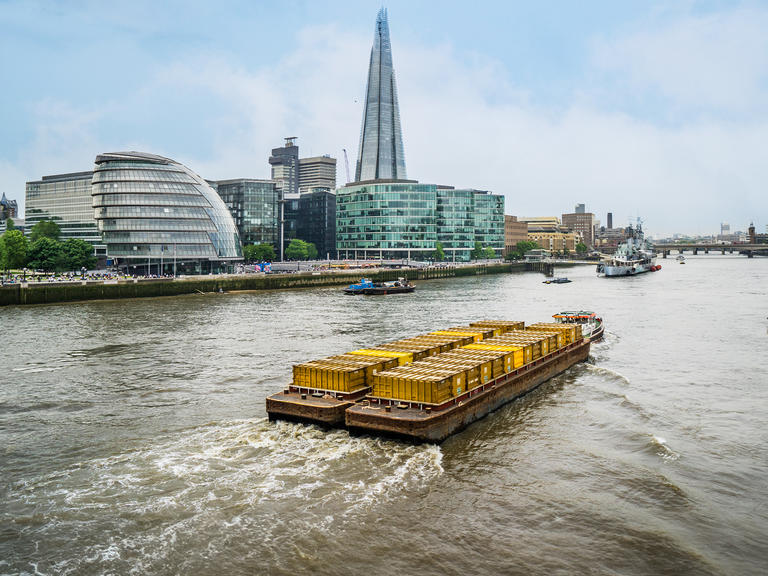
Urban waterways are transforming logistics, offering green alternatives to road transportation while being revitalized for future generations.
More than half of the world's population now lives in cities. But denser urban areas are causing heavier traffic, increased pollution and slower deliveries. As metropolises look for new ways to help move people and goods around, they're rediscovering one of the oldest and most reliable methods of getting things from A to B - waterways.
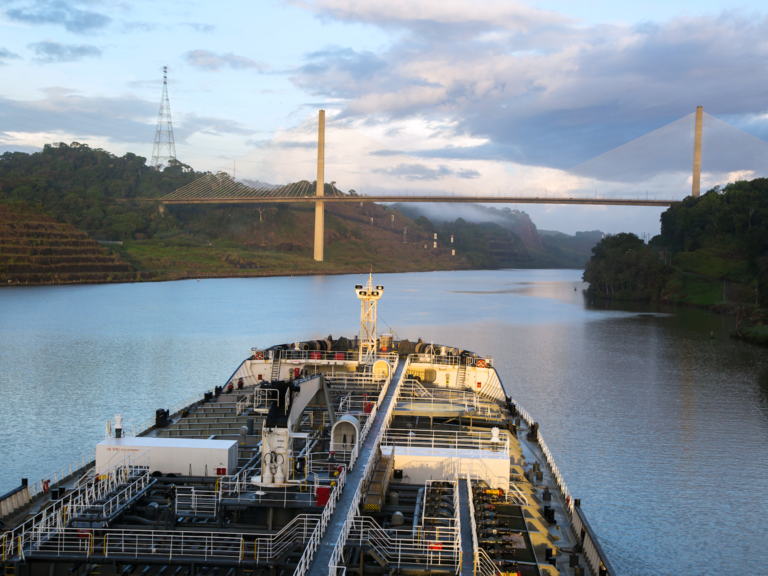
Going with the flow
Globally, sea shipping is still one of the most effective ways of transporting goods from one continent to another. But since the advancement of railways and roads, river-based freight routes have been on the decline.
Now, as inner-city congestion continues to reach new highs, our waterways are being rediscovered. More than just scenic waterways, they're been heralded an as equally effective – and greener – alternative to roads.
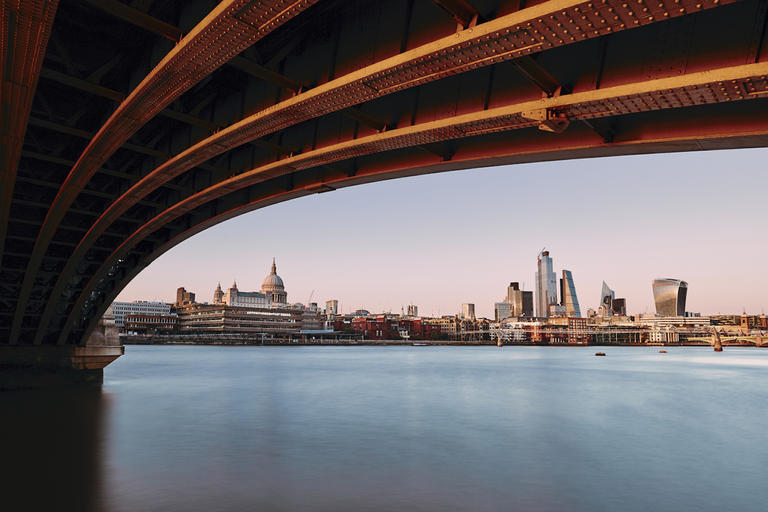
Making a splash
In France, the Seine River is playing a crucial role in tackling climate change. According to a recent New York Times article, barges like Le Bosphore are now transporting goods to Paris, which has greatly reduced the number of trucks needed on the roads.
London is also leveraging its waterways for freight operations. DHL's riverboat service on the Thames, launched in 2020, has successfully completed over 50,000 shipments each year, significantly slashing the city’s carbon footprint. This initiative highlights that waterways can serve as a practical solution for urban logistics, with the Port of London Authority revealing that the energy consumed for transporting goods via water is only 17% of that required for road freight.
Across the Atlantic, and in New York City UPS is conducting pilot programs for barge-based deliveries on the Hudson River. This effort aims to circumvent traffic woes while contributing to the company's goal of achieving carbon neutrality by 2050. By utilizing barges, UPS is not only streamlining delivery times but also setting a robust precedent for sustainable logistics practices.
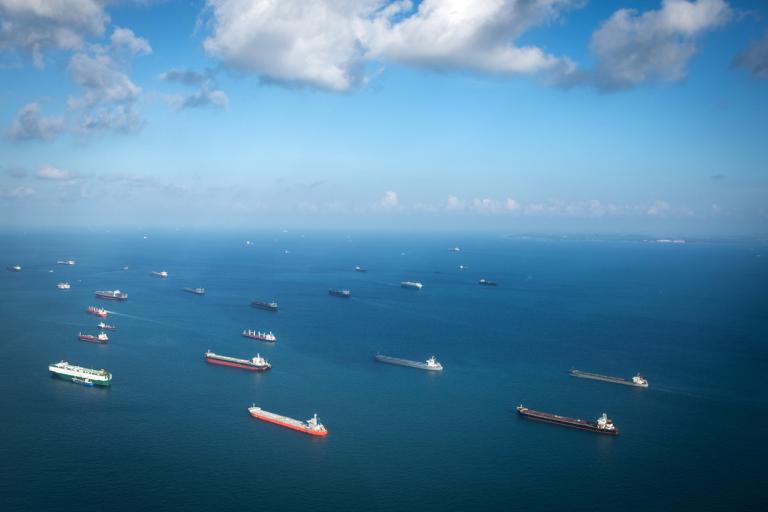
Breathing new life into our waterways
Over the past century, pollution levels have increased to the point where many inner-city rivers were considered dead. Now, because of a combination of improved technologies and scientific understanding, we have the capacity to monitor, improve and revive them.
This year, in the run-up to the Paris 2024 Olympics, Parisian Mayor Anne Hidalgo took a promotional dip in what was once considered to one of the most polluted rivers in Europe. Now, after €1.4 billion of investment, the river running throughf the French capital is open to public swimmers.
In the 1950s, parts of the River Thames in London were declared biologically dead. Now, seahorses, seals and dolphins have been spotted patrolling its waters.
We haven't just neglected the quality of our waterways, we've also failed to uphold many other aspects of their survival. In Germany, river freight faces a shortage of skilled skippers. However, thanks to automation and GPS technologies, driverless vessels can now be controlled via remote navigation.
Already in use all over the world, ships stripped of their usual bustling crews, and replaced with radar, GPS and other types of communications, are an efficient, safe and effective way of transporting goods.
Boats venturing through Finnish fjords to monitor oil and gas infrastructure have minimal crews onboard. Instead, the bulk of navigation is done through control centres back on shore. The first autonomous crossing of the North Sea was a cargo of oysters sent from Belgium, destined for the UK. And in Norway, a battery-powered vessel currently transports fertilizer between a factory and a local port, replacing upwards of 40,000 diesel truck trips per year.
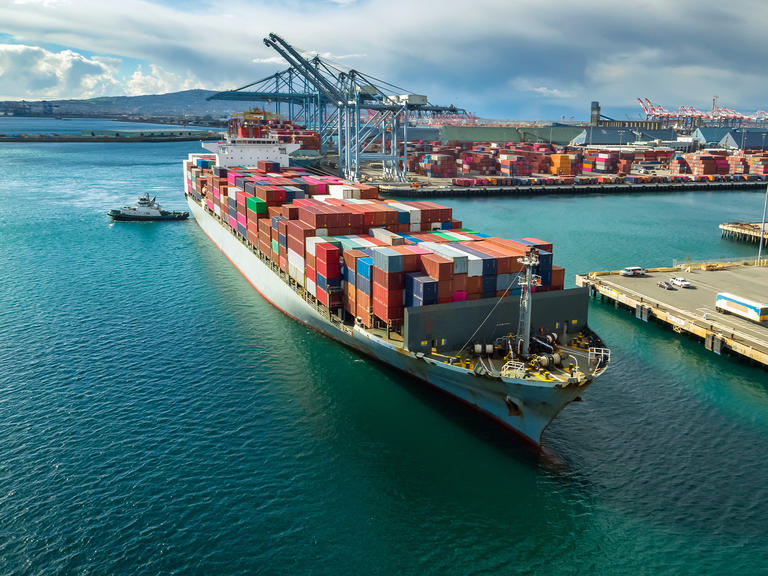
A watershed moment
Cities have a hard time figuring out how to move things around. With limited space and minimal tolerance for disruption, their compact nature means they can't afford expensive, timely and disruptive new infrastructure projects.
Using boats and rivers is a smart and eco-friendly choice. Not only does water freight produce less emissions than road, but it also produces 75% less emissions by comparison. Water freight is also less noisy, uses less land and can be more cost-effective. Waterways aren't just a thing of the past; they're essential for our future.
Have your say
Sign up for our newsletter
Why sign up:
- Latest offers and discounts
- Tailored content delivered weekly
- Exclusive events
- One click to unsubscribe



